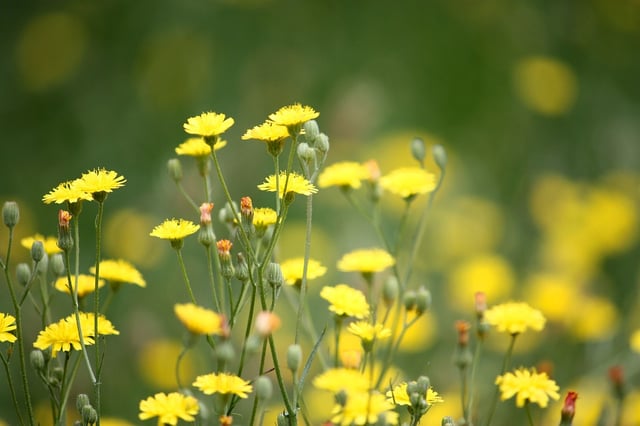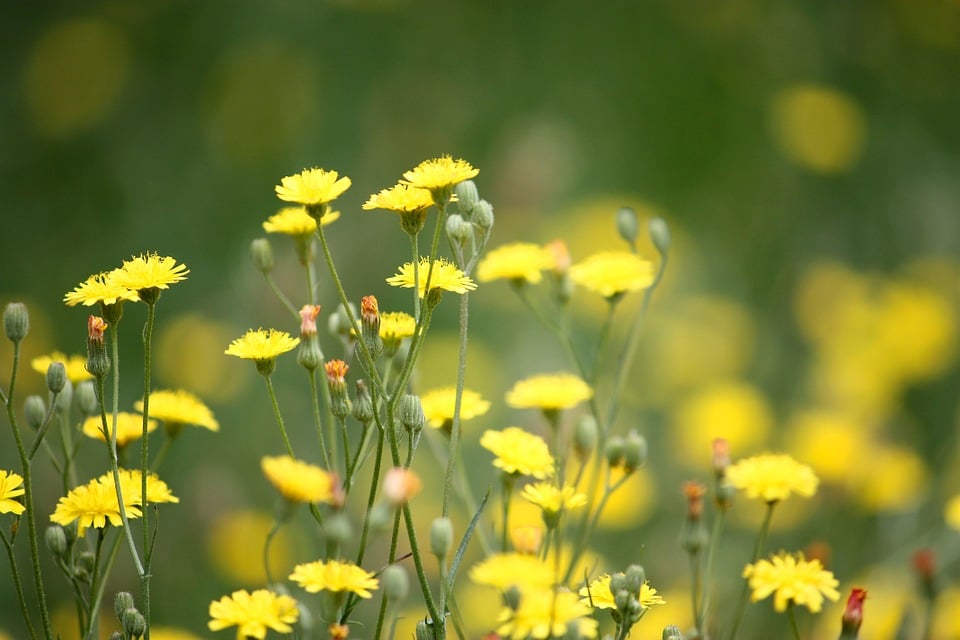
Since herbicides became unavailable in Ontario in 2009, the popularity of organic options for getting rid of weeds have exploded. Home owners are increasingly diversifying their yard based on their family’s needs. They will determine how much lawn they want for walking or playing or aesthetics and convert the rest into flower gardens to attract birds, butterflies and other wildlife or vegetable gardens to grow a portion of their own food.
Weed Pulling Tips
There’s nothing more organic than pulling weeds by hand. While time-consuming, it is the safest method for removing unwanted plants. There are a variety of tools on the market to assist in this that will dig down and remove the root of the plant. Using a hoe to cut off the top of the plant leaves the root behind to sprout again. Wait until after a fresh rain to weed, the moist soil will make removing the plant and roots easier. Pull plants before they flower or go to seed to prevent the unwanted seeds distributing further. Pulling weeds in the early spring before they can develop strong roots or runners will help keep them under control. Trying to remove established weeds mid-summer will always be more difficult.
Compost
Soil needs a fresh infusion of nutrients in order to produce healthy lawns and plants. Commercially available organic compost can be more expensive than synthetic fertilizer, but organic compost releases nutrients more gradually over a longer period of time as it breaks down and decomposes. If you compost your kitchen scraps and have good soil go ahead and use that. You can spread it on your lawn by hand or with a spreader.
When composting yard waste, avoid composting weeds where the flowers are dropping off as those seeds will eventually end up in your compost and back in your yard. It is safe to compost those early spring weeds you’ve pulled from the garden as those won’t have developed seed pods and will simply break down. Used coffee grounds turned into the dirt are said to be helpful compost material as well.
Diversify
Many grass seed mixes include varieties for aesthetic purposes. Rye and fescue grasses use less water than the popular Kentucky Blue Grass. The same goes with flower gardens – native varieties will typically require less water and be hardier. Planting close together helps reduce weeds creeping into open spaces and bare patches in your lawn and garden (though depending on the plant may cause mold problems). Strategic planting to encourage wildlife that eat the pests is also a green alternative to pesticides. Amphibians, reptiles, and spiders all consume undesirables such as aphids, mites, and mice.
Planting trees to provide shade will help your lawn use less water and reduce your carbon emissions.
Weed ‘n Feed
Some of these options are admittedly time consuming. There are a number of weed ‘n feed options available on the market that adhere to Ontario’s herbicide bans such as corn gluten meal – a by-product of the corn milling process that prevents new seeds from growing roots but breaks down to provide nitrogen to established plants.
Ask the experts at Nutri-Lawn Burlington for their thoughts on the best organic weed control options available and get a free consultation on how to improve the look and feel of your lawn.




